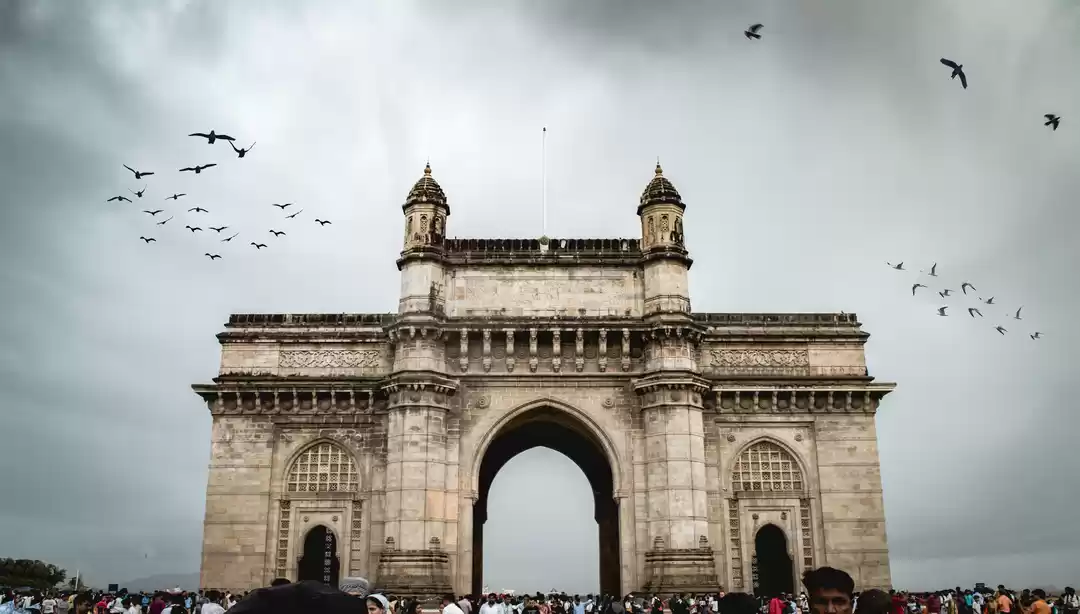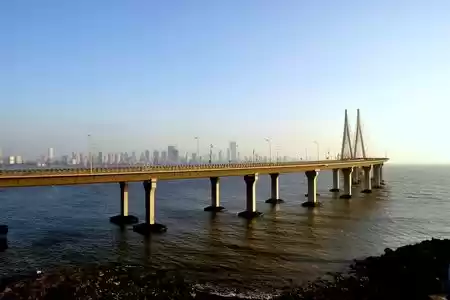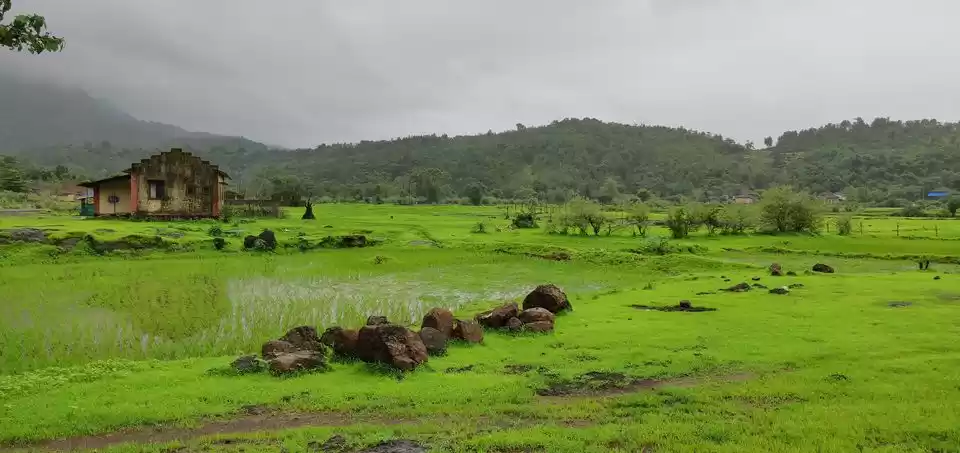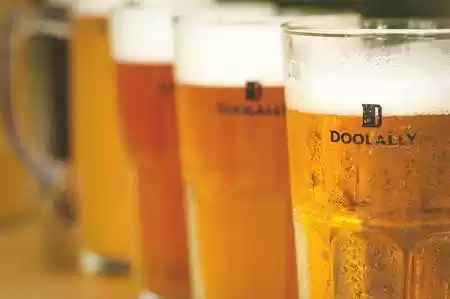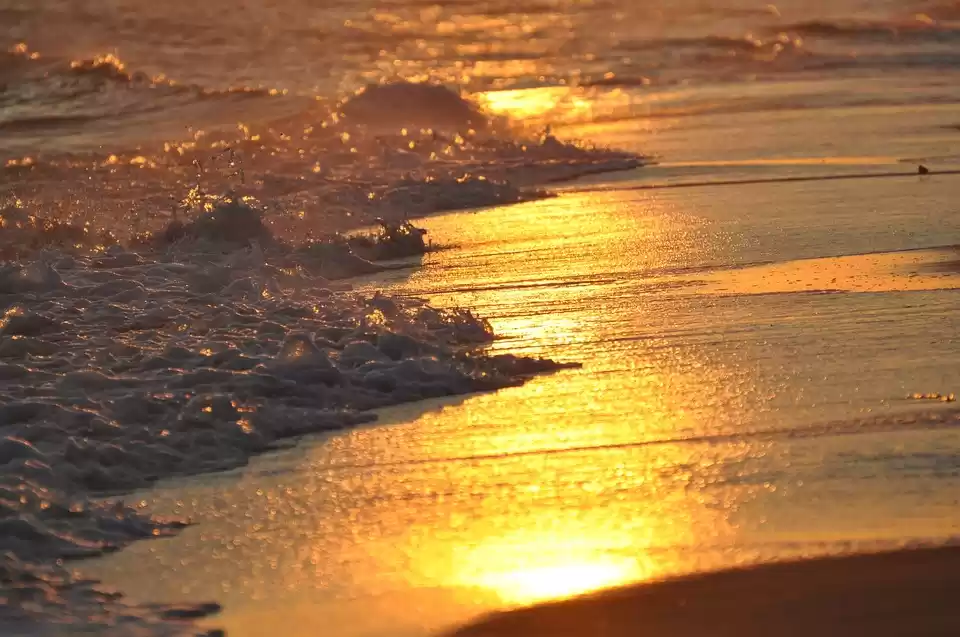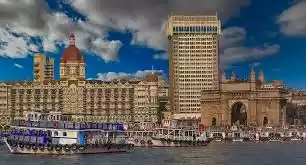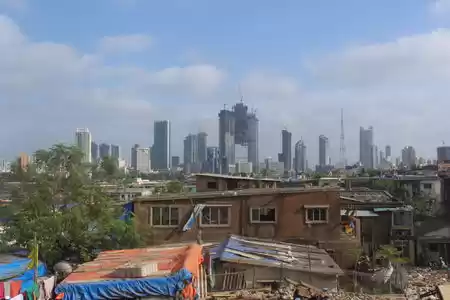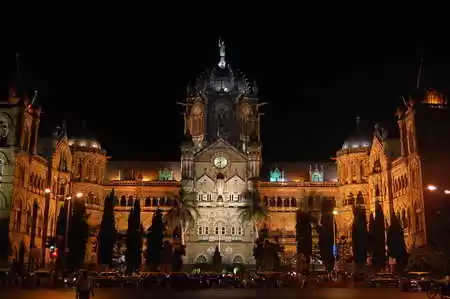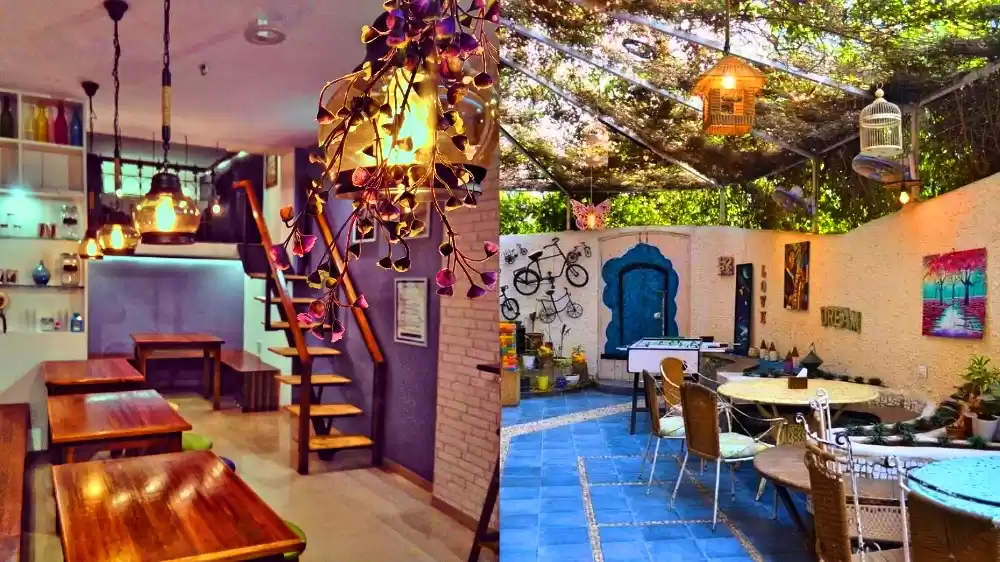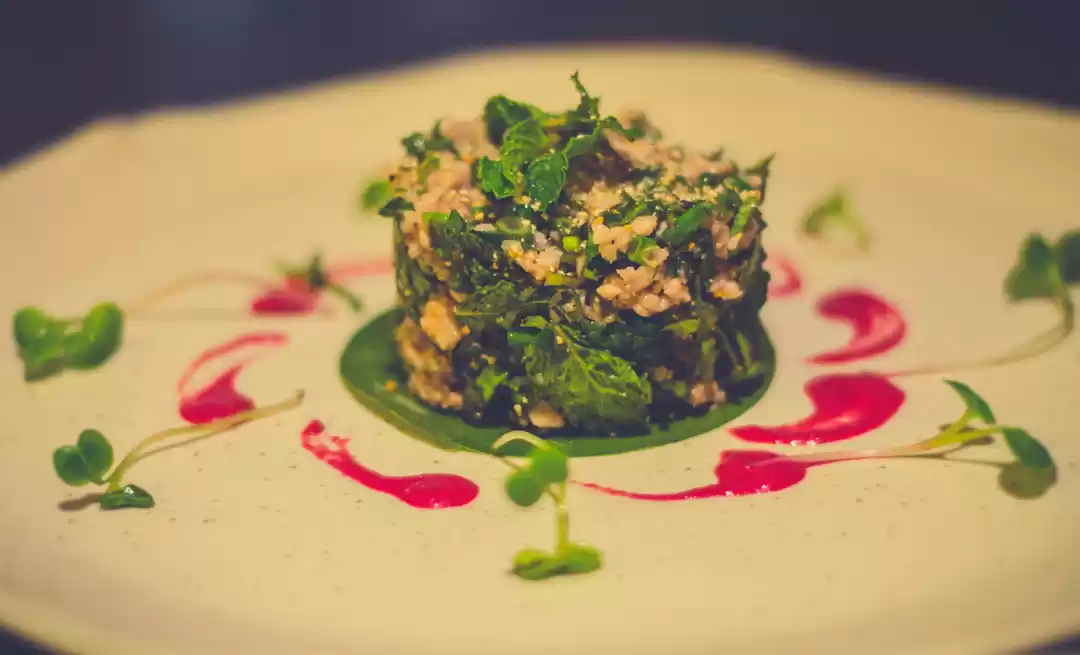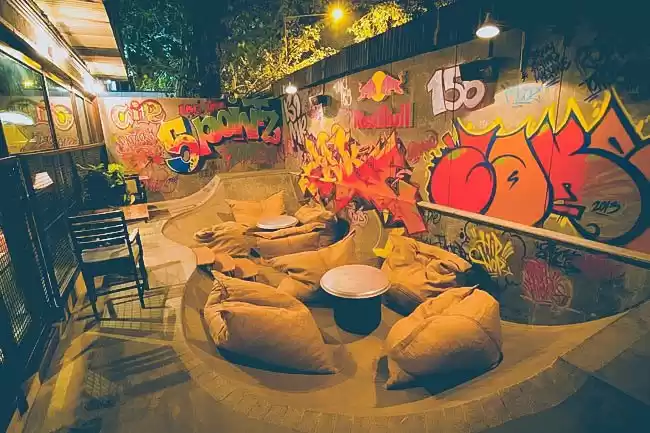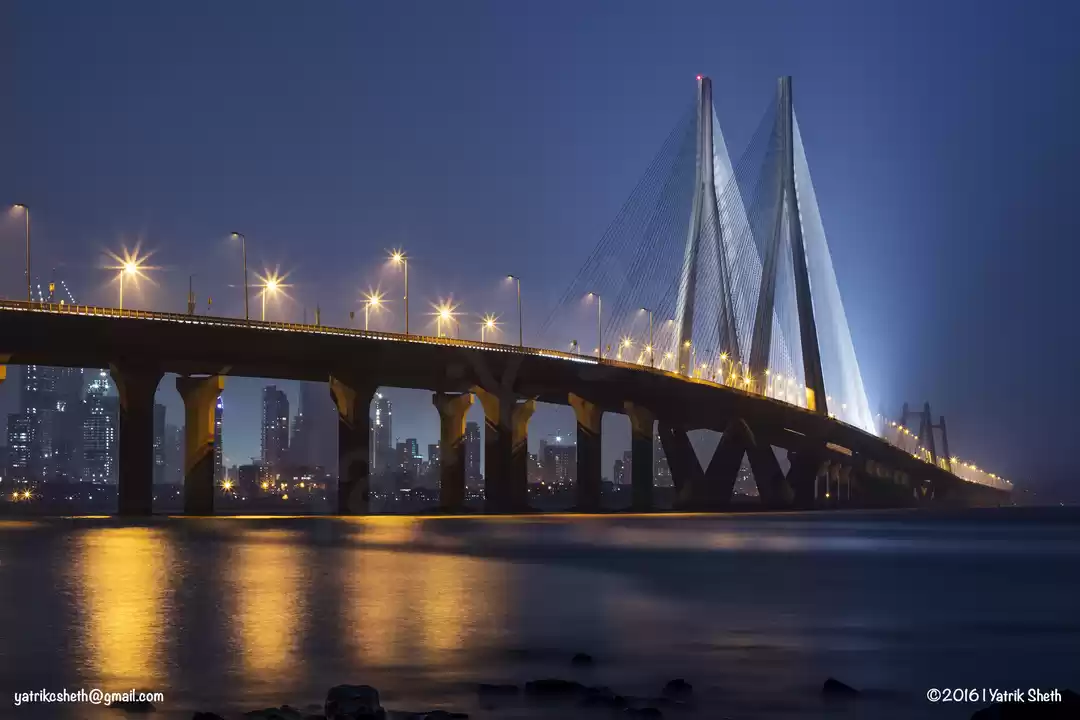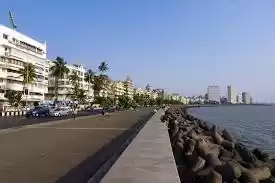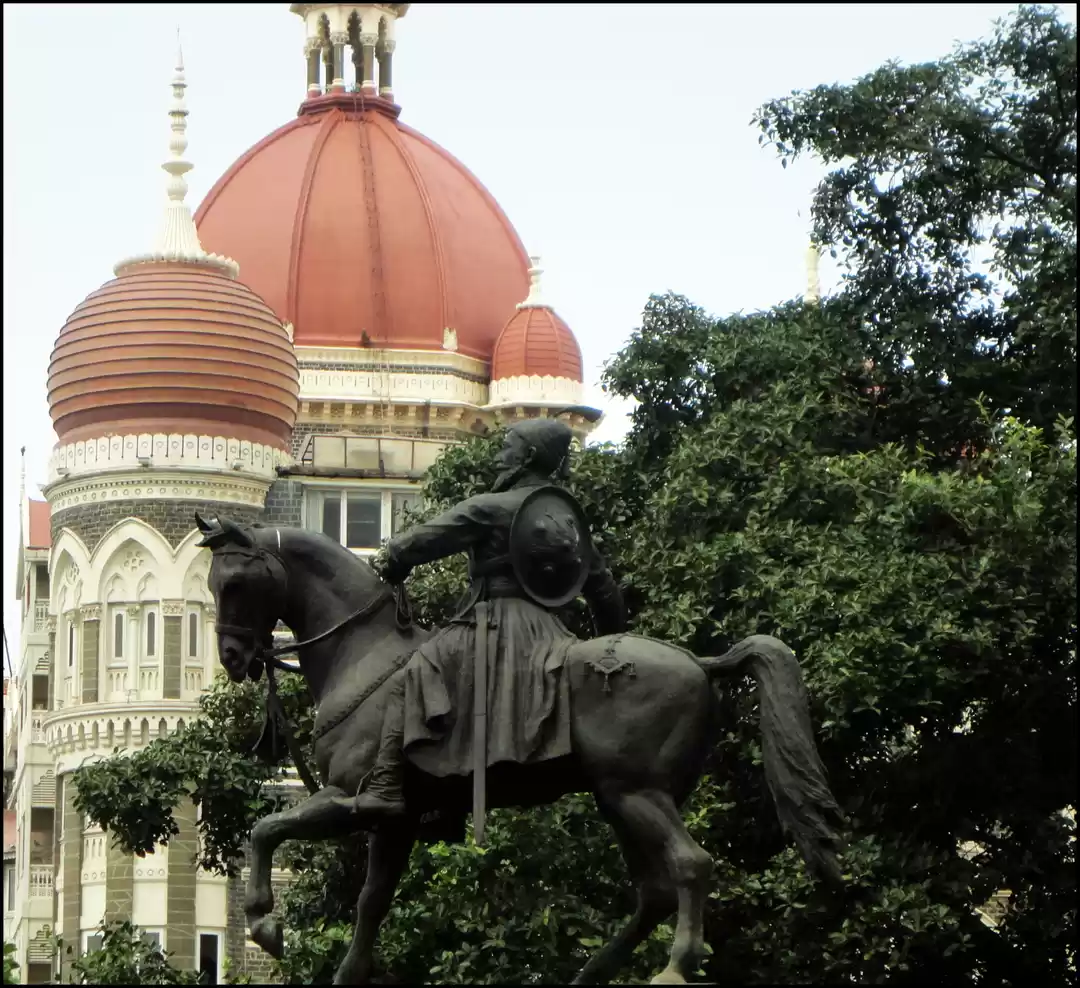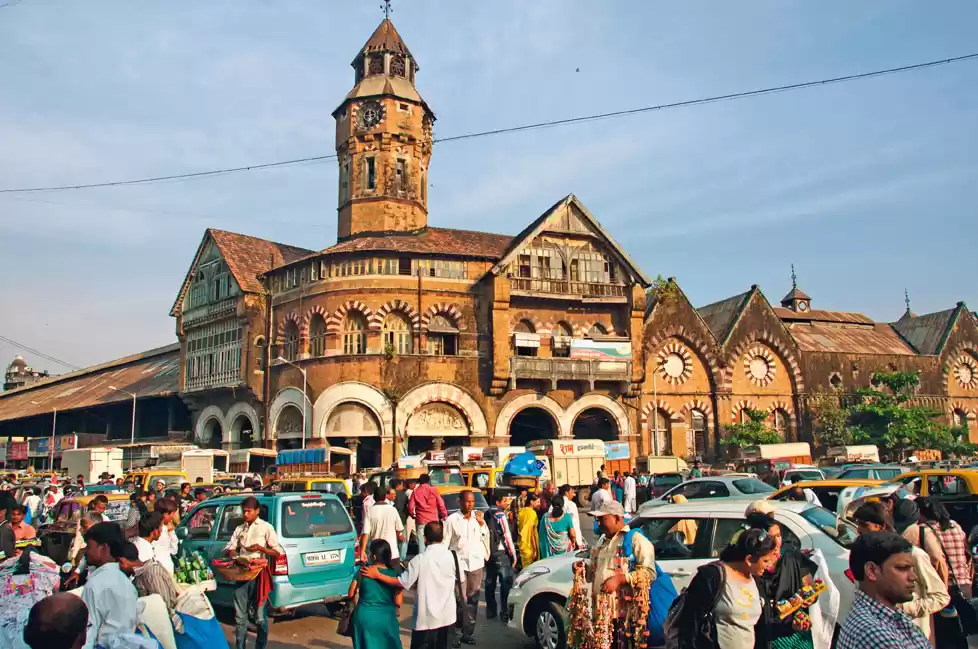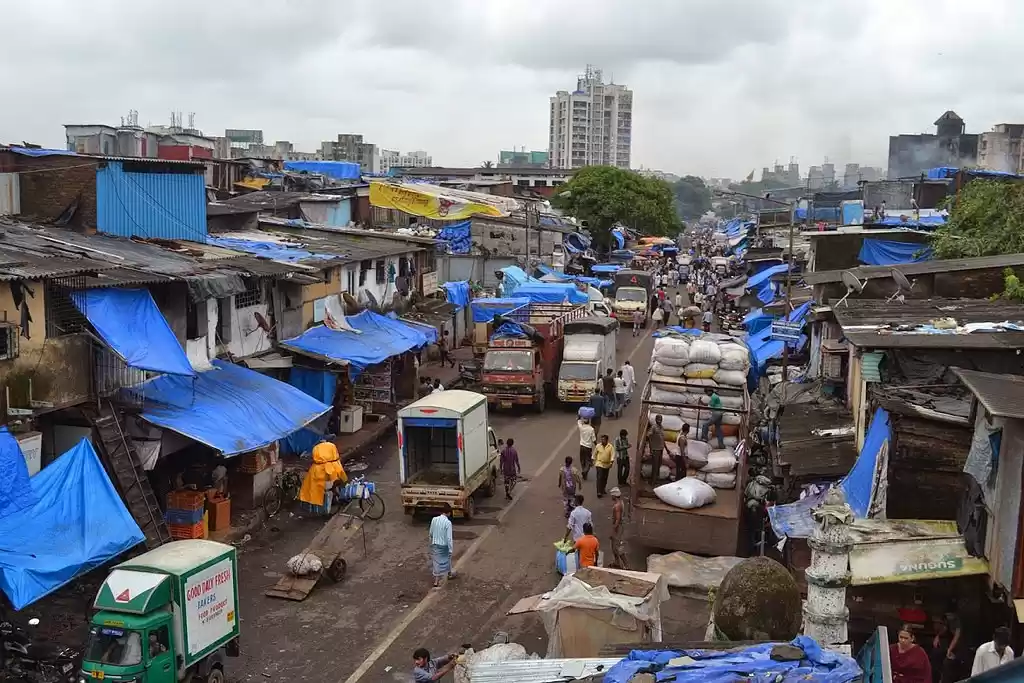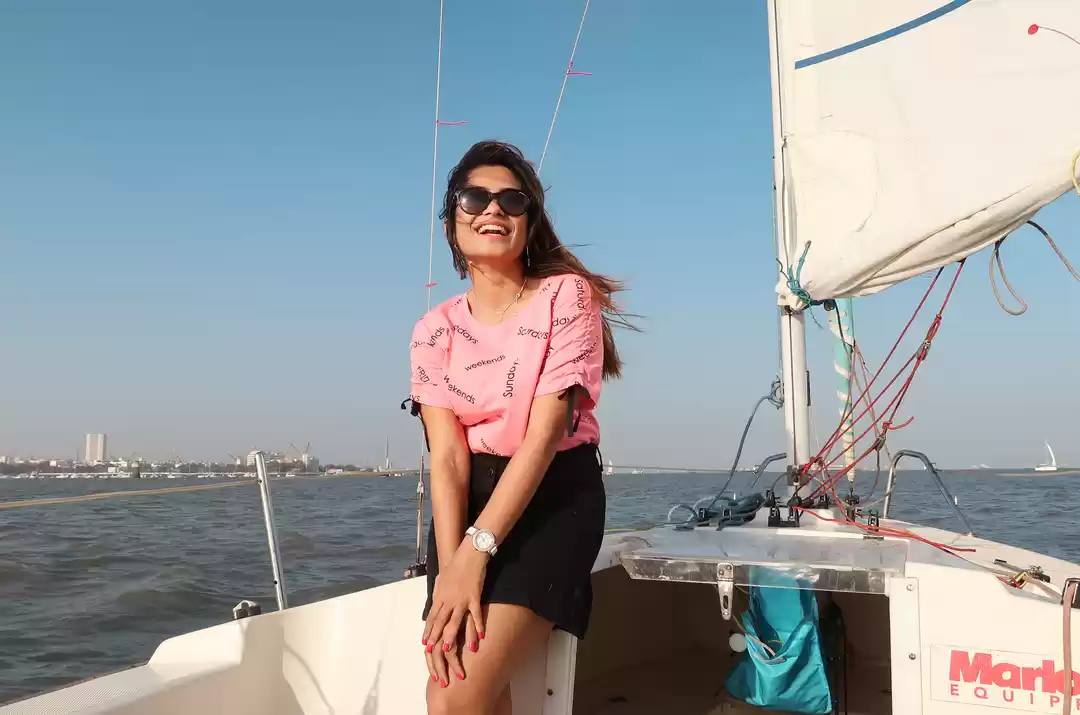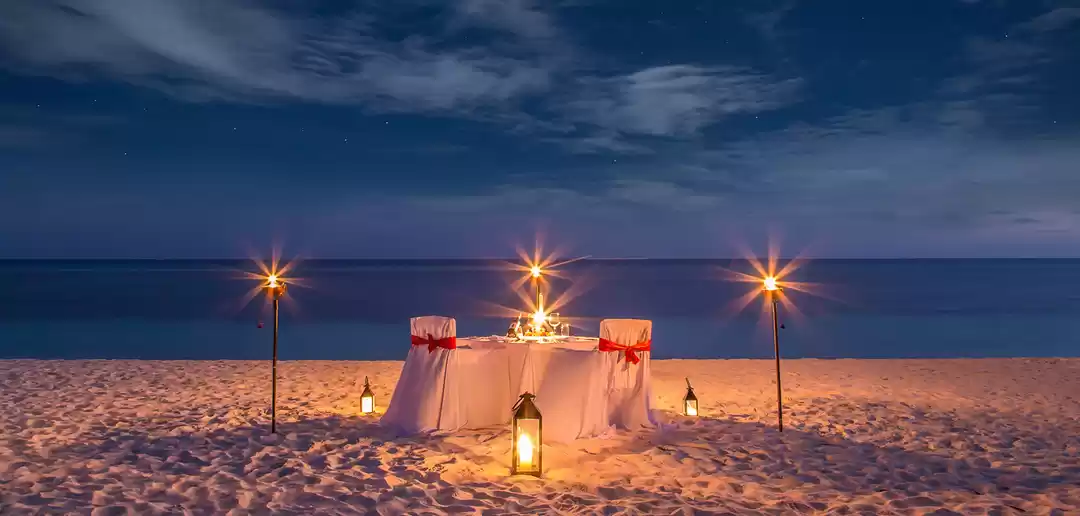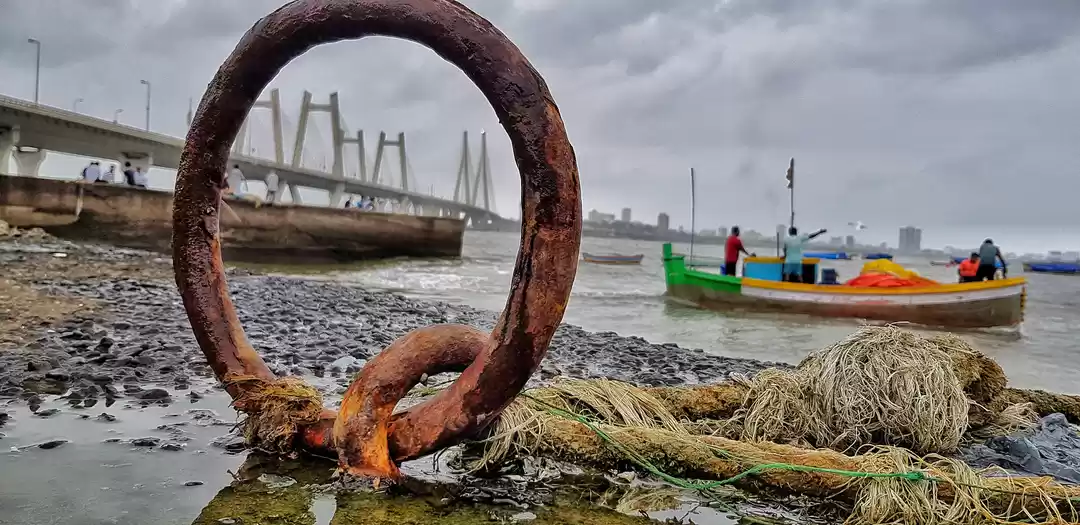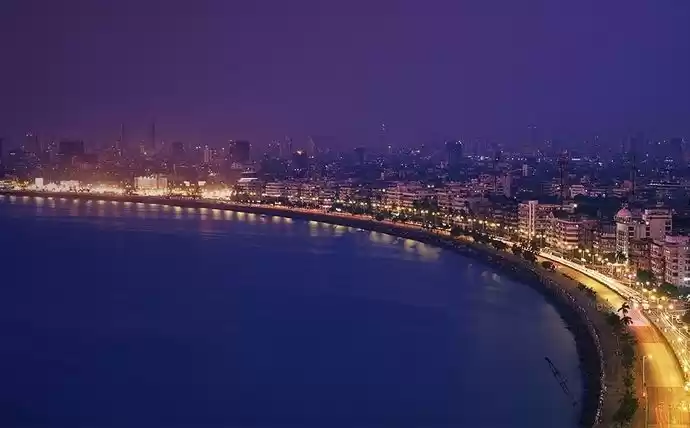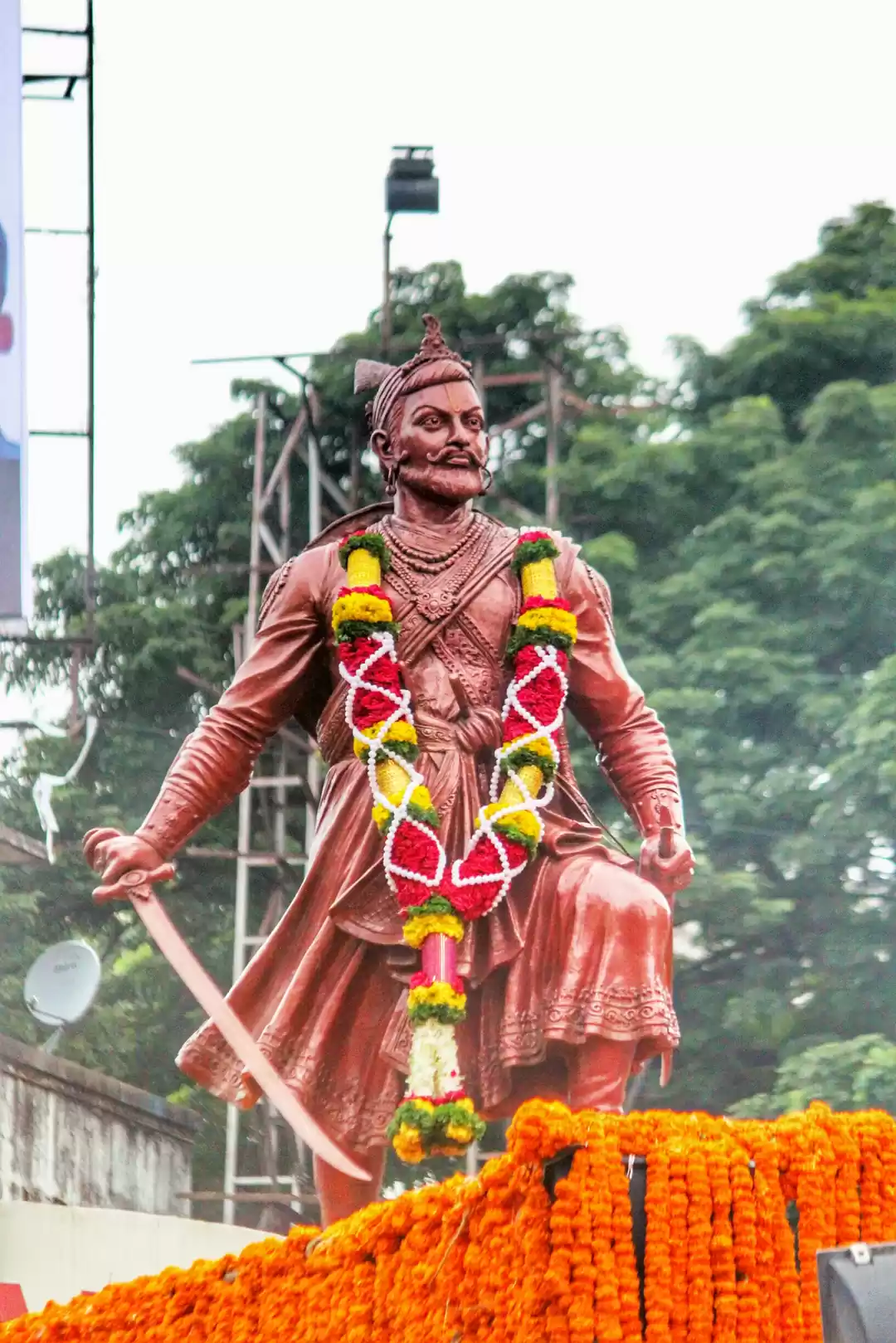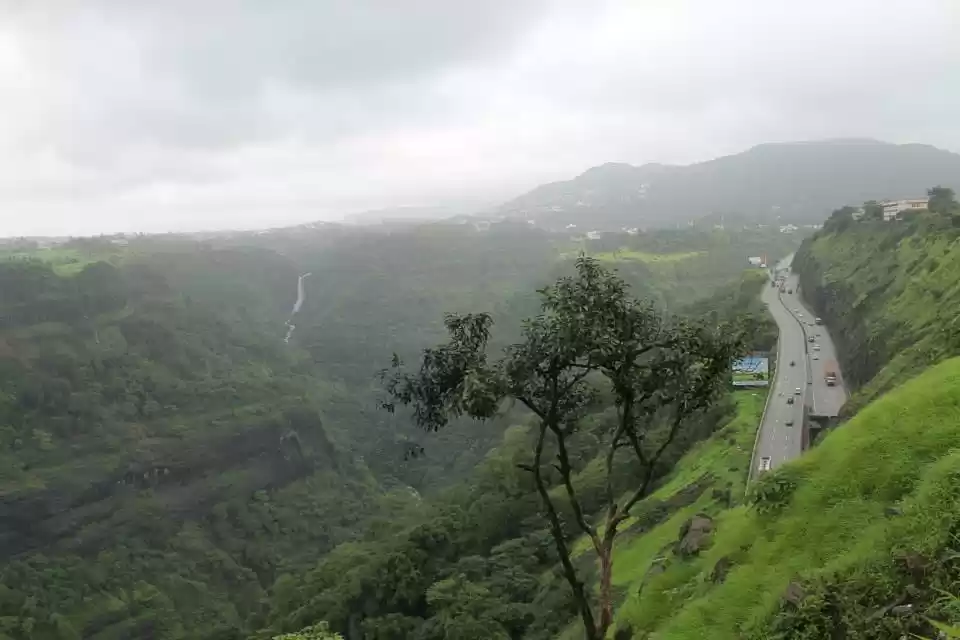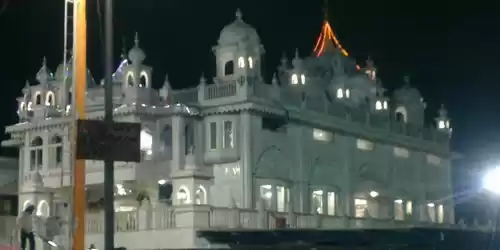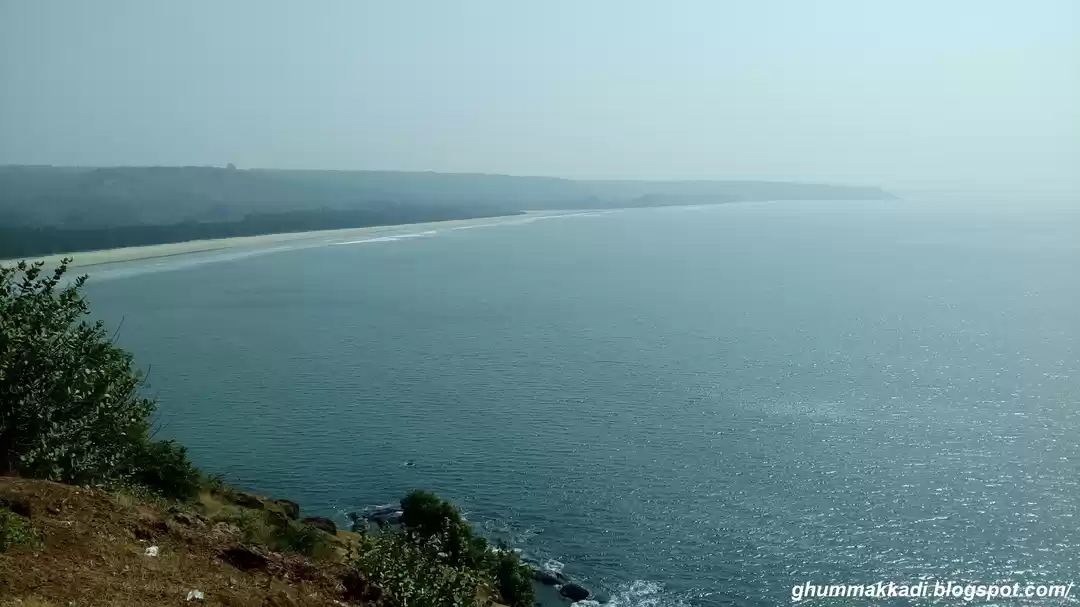Mumbai Tourism and Travel Guide
All You Need To Know About Mumbai
Itineraries For Mumbai
Your Ultimate Food Guide For Mumbai
Travel Videos For Mumbai
Post About Your Mumbai Trip & Make it to Editor's Picks
Travel Articles And Blogs For Mumbai
Seasonal Attractions
The festival season kicks-off right from the initial months of the year with Makar Sankranti. The city hosts the Mumbai Marathon and the Mumbai International Film Festival in the first half of the year. The city's biggest celebration, Ganesh Chaturthi, kicks off in September.
Eat Your Way Through Mumbai
For the ultimate Mumbai street food experience, follow this trail - visit Gulshan -e-Iran to have the best Kheema Pav in Crawford Market; try the White Biryani at Noor Mohmaddi in Bhendi Bazaar; do not miss the Bun Maska and Mava samosa of Mervan’s, Grant road; if you have a thing for samosas, check out Guru Kripa for some of the yummiest samosas at Sion.
Best Time To Visit Mumbai
Peak Season is from November to February when Mumbai experiences mild winters. Temperatures can go as low as 10 degrees celsius, although rarely.
Shoulder Season: June to October welcomes the famous monsoons to Mumbai. July and August sees perpetual downpour and for those who can brave the rains, the city is at its most beautiful during this season.
Off-season: March to May are the months when the tourists start thinning out. Henceforth, the accommodation costs reduce and though the weather is hot and humid, it’s nice to be able to explore the city away without the crowds.
Budget For Mumbai
For Budget Travellers: INR 1600 to 2500 a day
- Accommodation in hostels and basic rooms in guesthouses: INR 800 - 1500
- Food in local cafes and street eateries: INR 200-500
- Public Transport in local trains and buses: INR 10 - 100
- Sightseeing: INR 10 - 200
For Mid-range Travellers: INR 2500 to INR 5000 a day
- Accommodation in mid-range hotels and homestays: INR 1500 - 2500
- Food in mid-range cafes and restaurants: INR 1000 - 2000
- Local transport in auto-rickshaws, and local taxis: INR 250 - 400
- Sightseeing & Tours: INR 10 - 1000
For Luxury Travellers: INR 8000 and upwards
- Accommodation in 4* or 5* hotels: INR 5000 and upwards
- Food in upscale restaurants and bars: INR 2000 and upwards
- Local transport in cabs: INR 400 and upwards
- Sightseeing, Guided Tours: INR 1000 and upwards

